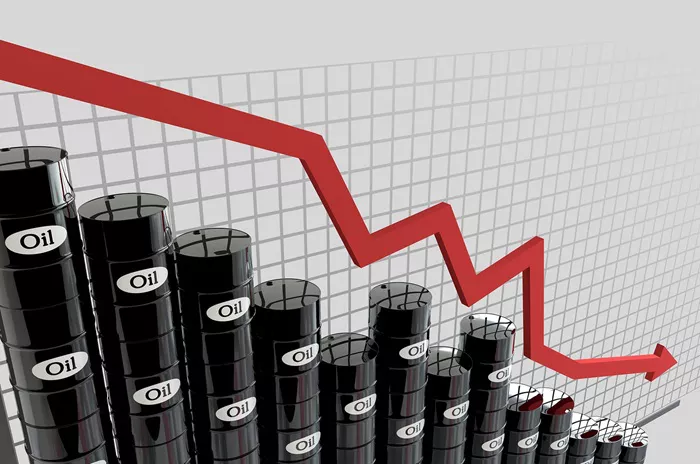Oil prices have fallen for the second consecutive day, with Brent crude dropping below $72 a barrel, reflecting a nearly 5% decline since Tuesday’s close. West Texas Intermediate (WTI) is trading near $68 as market sentiment shifts.
Saudi Arabia’s Production Strategy
Reports indicate that Saudi Arabia may be reconsidering its unofficial oil price target of $100 per barrel in an effort to regain market share. The Financial Times cited sources familiar with the discussions, suggesting a potential increase in output.
Libya’s Political Developments
In Libya, representatives from the rival eastern and western administrations have reportedly initialed an agreement to facilitate leadership changes at the nation’s central bank, as noted by the United Nations. This development could pave the way for a return to crude production.
Impact of Economic Factors
These potential increases in production come as crude oil is set for its worst quarterly performance this year, primarily due to fears of additional supply from OPEC+ and a bleak economic outlook from China. Although oil traders initially dismissed China’s earlier monetary stimulus, President Xi Jinping’s recent call for increased fiscal spending highlights growing concerns over the country’s slowing economic growth.
Stronger Dollar Affecting Commodities
Additionally, a stronger U.S. dollar has placed further downward pressure on oil prices, as commodities priced in the currency become more expensive. A Bloomberg gauge of the dollar rose significantly on Wednesday, marking its largest increase in three months amid declining risk appetite in broader markets.
Regional Geopolitical Tensions
In related news, discussions among the U.S., European Union, and key Middle Eastern powers, including Saudi Arabia and Qatar, have proposed a three-week cease-fire between Israel and Hezbollah in Lebanon. This initiative aims to facilitate negotiations and prevent an escalation into all-out conflict in the region.
Related Topics:

